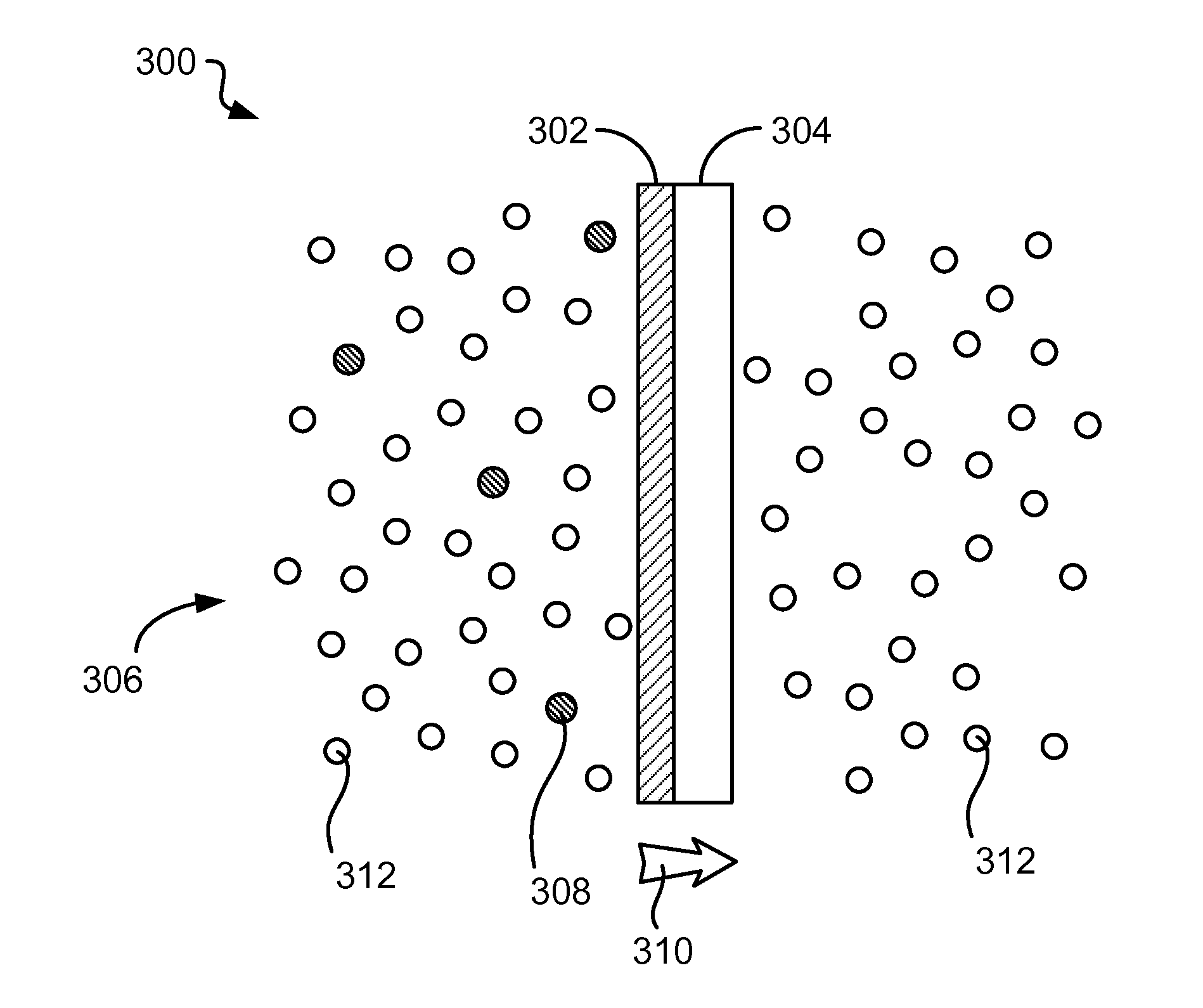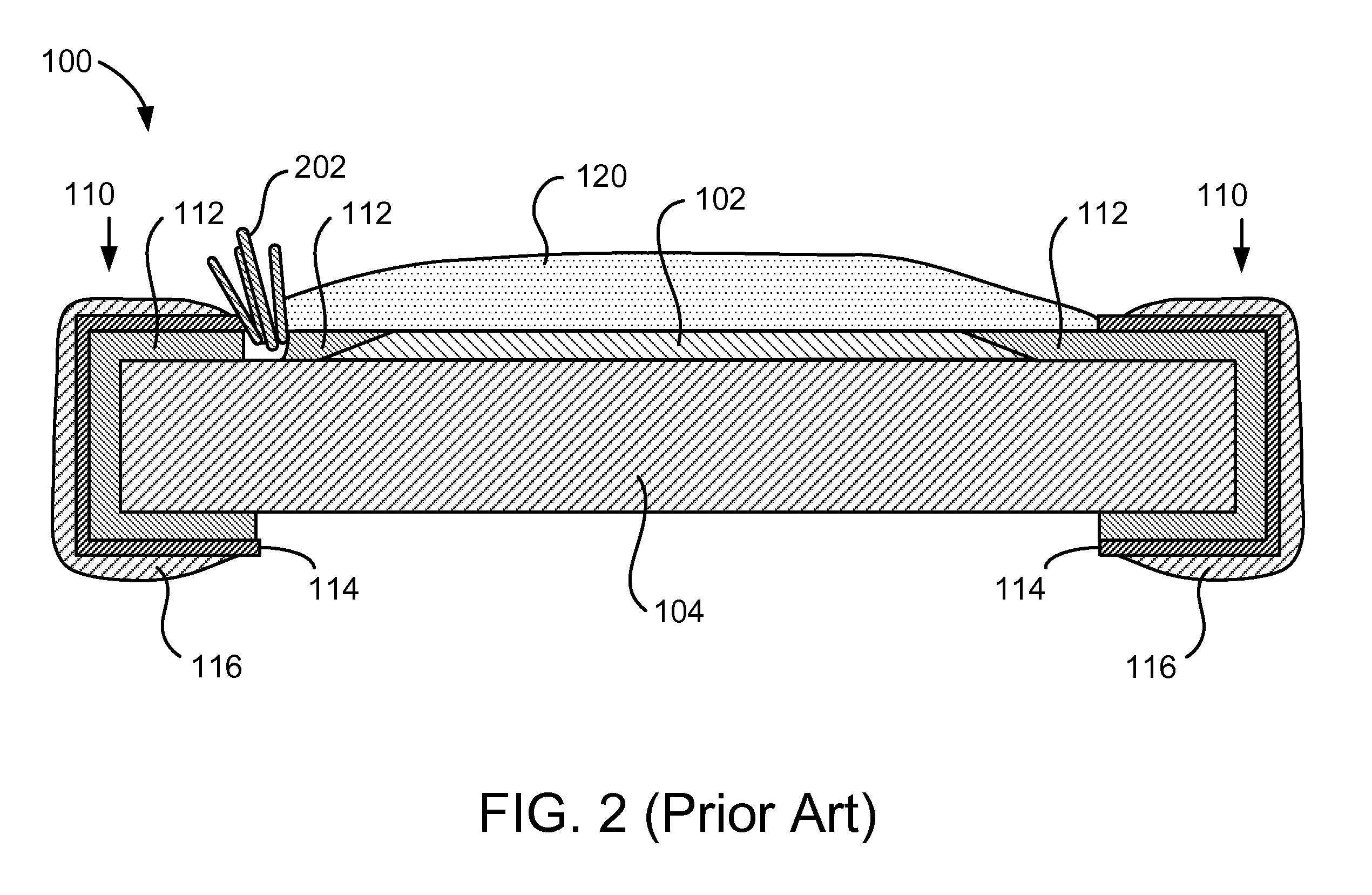Silicone-based chemical filter and silicone-based chemical bath for removing sulfur contaminants
a technology of chemical filters and silicone baths, applied in the direction of filtration, water/sewage treatment, osmosis/dialysis, etc., can solve the problems of sulfur components (e.g., elemental sulfur, hydrogen sulfide, and/or sulfur oxides) in the air being particularly troublesome gases, and the incidence of hardware failures caused by corrosion in computer systems and other electronic devices
- Summary
- Abstract
- Description
- Claims
- Application Information
AI Technical Summary
Benefits of technology
Problems solved by technology
Method used
Image
Examples
Embodiment Construction
[0025]1. Overview
[0026]According to the preferred embodiments of the present invention, a silicone-based chemical filter or silicone-based chemical bath is employed to remove sulfur contaminants, such as elemental sulfur (S8), hydrogen sulfide and other sulfur components, in fluids (e.g., air, natural gas, and other gases; as well as water, natural gas liquids (NGLs), diesel fuel, gasoline, and other liquids). In one embodiment, a silicone-based chemical filter includes a membrane having a cross-linked silicone that is a reaction product of an olefin and a polyhydrosiloxane. In an exemplary application for this embodiment, sulfur contaminants in air are removed by passing the air through the membrane before the air enters a data center or other facility housing computer systems. In another embodiment, a silicone-based chemical bath includes a housing having an inlet port, an outlet port, and a chamber containing a silicone oil. In an exemplary application of this embodiment, sulfur ...
PUM
| Property | Measurement | Unit |
|---|---|---|
| thickness | aaaaa | aaaaa |
| thickness | aaaaa | aaaaa |
| pore size | aaaaa | aaaaa |
Abstract
Description
Claims
Application Information
 Login to View More
Login to View More - R&D
- Intellectual Property
- Life Sciences
- Materials
- Tech Scout
- Unparalleled Data Quality
- Higher Quality Content
- 60% Fewer Hallucinations
Browse by: Latest US Patents, China's latest patents, Technical Efficacy Thesaurus, Application Domain, Technology Topic, Popular Technical Reports.
© 2025 PatSnap. All rights reserved.Legal|Privacy policy|Modern Slavery Act Transparency Statement|Sitemap|About US| Contact US: help@patsnap.com



